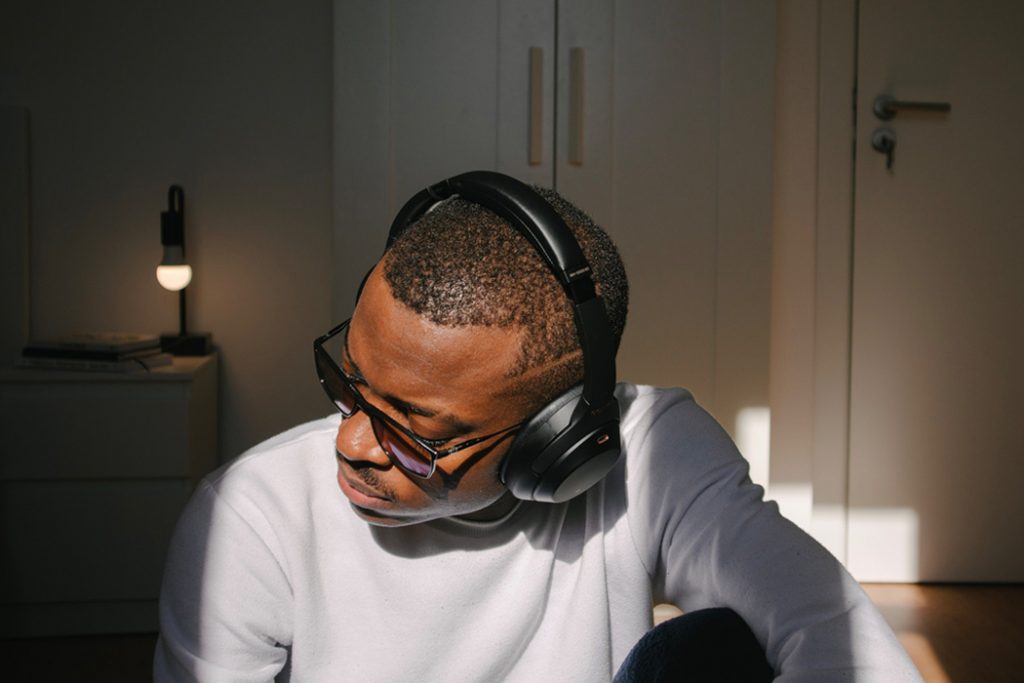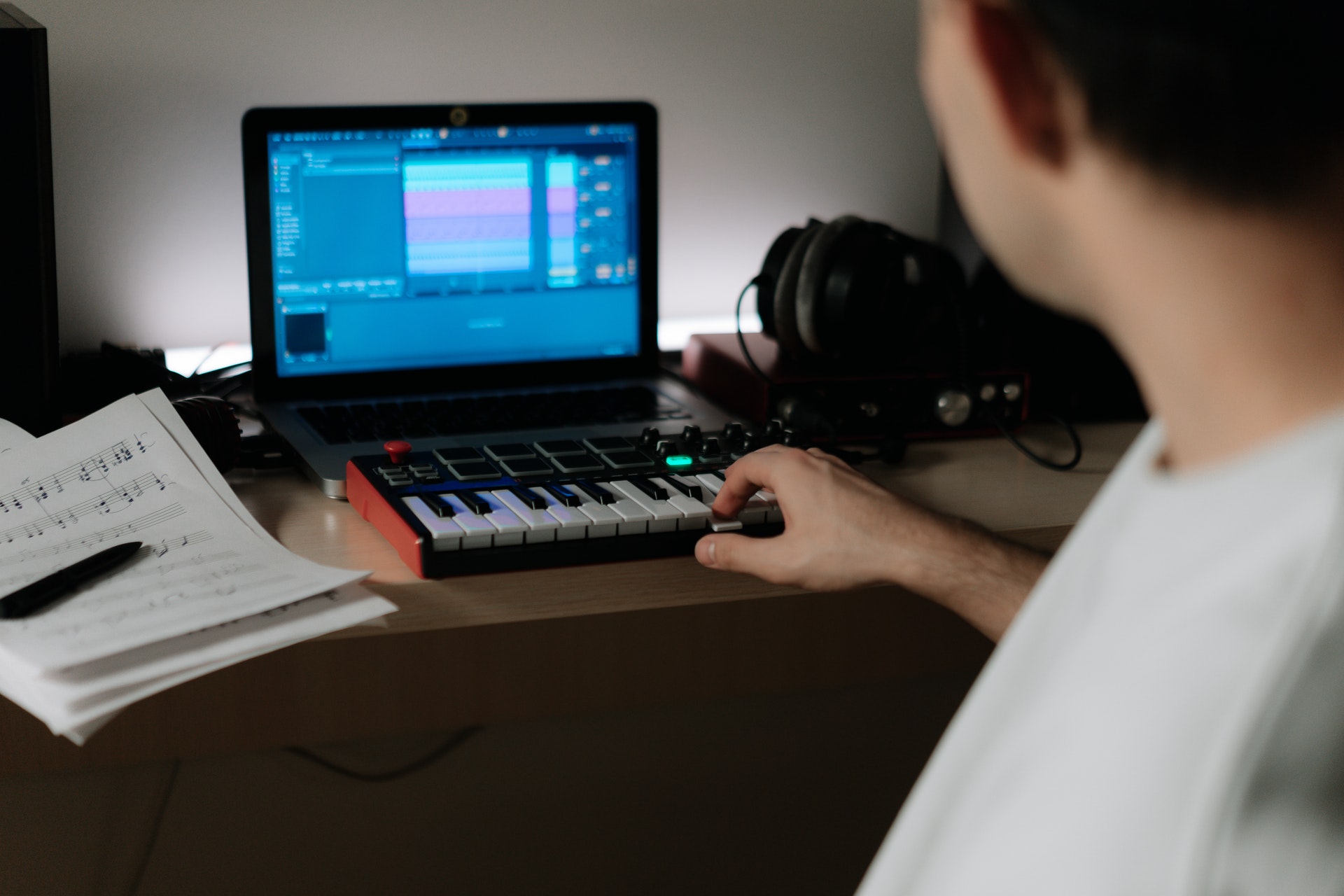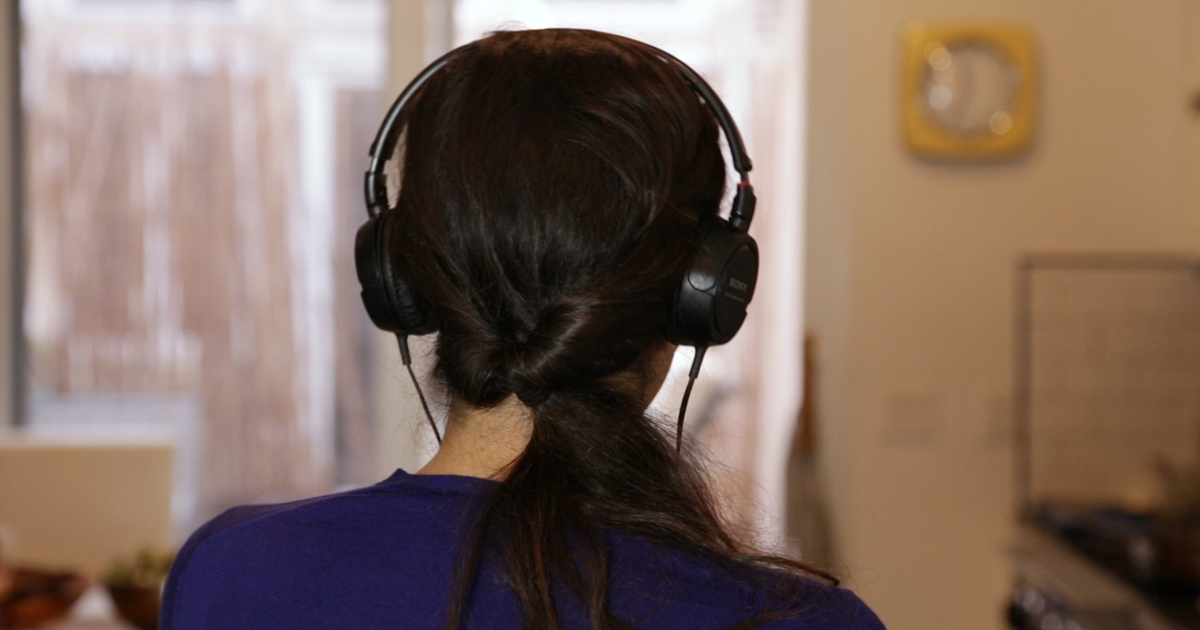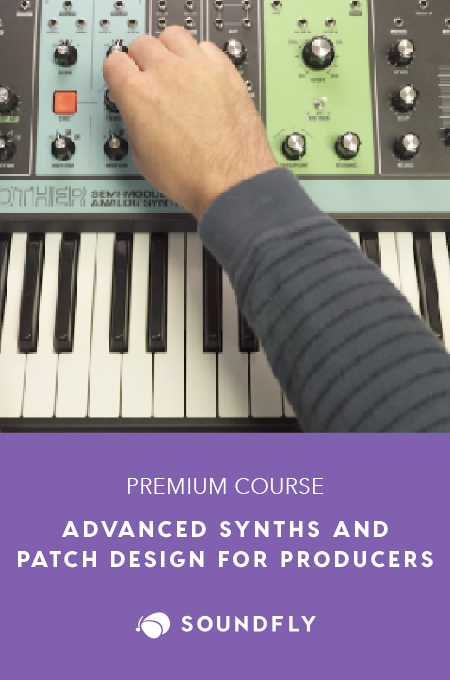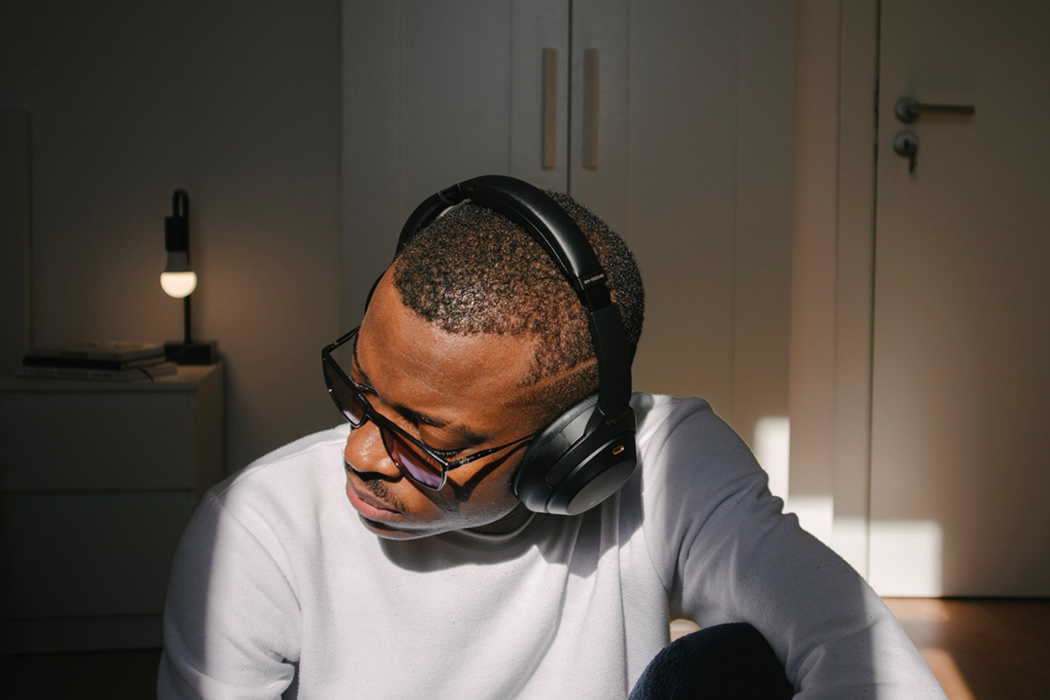
At Soundfly, we help curious musicians meet their goals with creative online courses. Whatever you want to learn, whenever you need to learn it. Subscribe now to start learning on the ’Fly.
If you’ve dedicated yourself to learning music, you may be taking courses, watching tutorials, or working with a mentor to practice every day. Every one of those things can be an essential turning point for you, but another key component of learning music that both aspiring and practicing musicians often overlook is active listening.
Just as a great writer has to spend time reading other authors’ words, a great musician has to spend time listening to and studying other artists’ music. This is how we learn new techniques, get inspired, generate ideas, and discover our own unique sound.
You might be saying — “Well, of course I listen to music!” — but active listening is much more than just passively popping in your headphones while you work or do chores around the house.
Active listening means sitting down with absolutely no distractions, analyzing every element of a song, and documenting your findings in a listening journal. Let’s talk about that.
What Is a Listening Journal?
A listening journal is a tool that will help transform your music listening habits into a source of knowledge and inspiration. Though you can use an actual journal for this purpose, single sheets of paper, a Word document, or a note-taking app on your phone or iPad will all work just fine.
The key is to find a template that works for you (we’ll share one in just a minute) and use it consistently to analyze songs, so you can keep learning and improving your craft.
+ Read more on Flypaper: “How a Positive Listening Habit Will Make You a Better Musician.”
What Are the Benefits of Keeping a Listening Journal?
Actively listening to your favorite songs allows you to:
- Analyze what draws you to some songs over others.
- Study each element of a great song and how they work together.
- Identify new techniques to learn.
- Find inspiration for your own songwriting or producing.
Chances are, you’ve already experienced some of these benefits. After all, your journey as a musician so far has most definitely been influenced by the music you listen to.
“Keeping a dedicated journal or collection of notes means you can be intentional about what piques your interest, what inspires you, and how you might use it in your own music. Whenever you’re looking for new ideas, you can flip through your journal and find exactly what you need.”
However, keeping a listening journal makes this process much more deliberate and, more importantly, organized. Hearing a song and storing away information about it somewhere in your memory, hoping that it will come back to you in a time of need, is unreliable at best.
On the other hand, keeping a dedicated journal or collection of notes means you can be intentional about what piques your interest, what inspires you, and how you might use it in your own music. Whenever you’re looking for new ideas, you can flip through your journal and find exactly what you need.
+ Learn production, composition, songwriting, theory, arranging, mixing, and more — whenever you want and wherever you are. Subscribe for unlimited access!
Tips for Active Listening
Before we get into what kind of information you should write down in your listening journal, let’s talk about what each active listening session should look like.
1. Find a quiet place with no distractions.
The very definition of active listening means you should do nothing else except listen. Find a quiet room, put your phone on silent, and let your housemates know that you’re not to be disturbed. Give yourself at least 30 minutes to an hour for each active listening session.
2. Use headphones and high-quality audio.
You need to be able to hear each element of a song very clearly, so be sure to use good quality studio or noise-canceling headphones. If you can, try to use hi-fi streaming services or find uncompressed files.
3. Listen as may times as it takes.
To really benefit from active listening, you’ll need to listen to one instrument or element at a time. For example, if you want to learn about vocal harmonies, listen to the entire song focusing your attention only on the harmonies. Yes, this means that if there are 10 different elements you want to study, you’ll have to listen to the song 10 times.
How to Start a Listening Journal (+ a Downloadable Template)
What you include in your listening journal is a highly personal matter and depends on what your goals are. If you’re looking to improve your production skills, your notes will focus mainly on instruments, their arrangement, and effects. If you’re more interested in improving your songwriting, you’ll probably want to focus on the lyrics.
Below are a few questions to help you get started. Feel free to use all of them to create your listening journal, select a few that make the most sense for your learning goals, or use them to inspire other questions you’d like to consider.
Click here to access a version of a template that you can download and edit to fit your needs. Once you’re happy with it, feel free to use it digitally on your computer, tablet, or phone, or even print a few copies to fill out manually.
Here are a few ideas for what to note during each active listening session:
1. Song Info
- Song title
- Artist
- Genre
- Key
- Chords
- Time Signature
- BPM
2. Overall Impression
- What’s your overall impression of the song? Does it create a certain atmosphere or evoke certain emotions?
3. Song Details
- How many instruments do you hear/what are they?
- Do you hear any interesting techniques or effects?
- How would you describe the vocal performance?
- What do you like about the melody? Is it memorable? Why or why not?
- If harmonies and ad libs are present, what do they add to the song?
- What’s the song’s structure?
- What stands out about the lyrics?
- Is there anything special about the way the song is mixed? How does it affect its overall atmosphere and energy?
4. Your Notes
- What makes the song stand out for you?
- What is your favorite element of the song and why?
- What are your favorite lyrics and why?
- What’s something you hear in the song that you’d like to learn more about or try in your music?
- Do any ideas for your own music pop into your head while listening to this song?
If you find these questions useful, don’t forget to download a copy of this template that you can personalize and print. Remember that this is just a starting point — your own listening journal should reflect your unique interests and goals. Just click on File > Make a Copy to start editing.
Best of luck with your active listening and learning!
Improve all aspects of your music on Soundfly!
Subscribe to get unlimited access to all of Soundfly’s course content, an invitation to join our members-only Slack community forum, exclusive perks from partner brands, and massive discounts on personalized mentor sessions for guided learning. Learn what you want, whenever you want, with total freedom.
